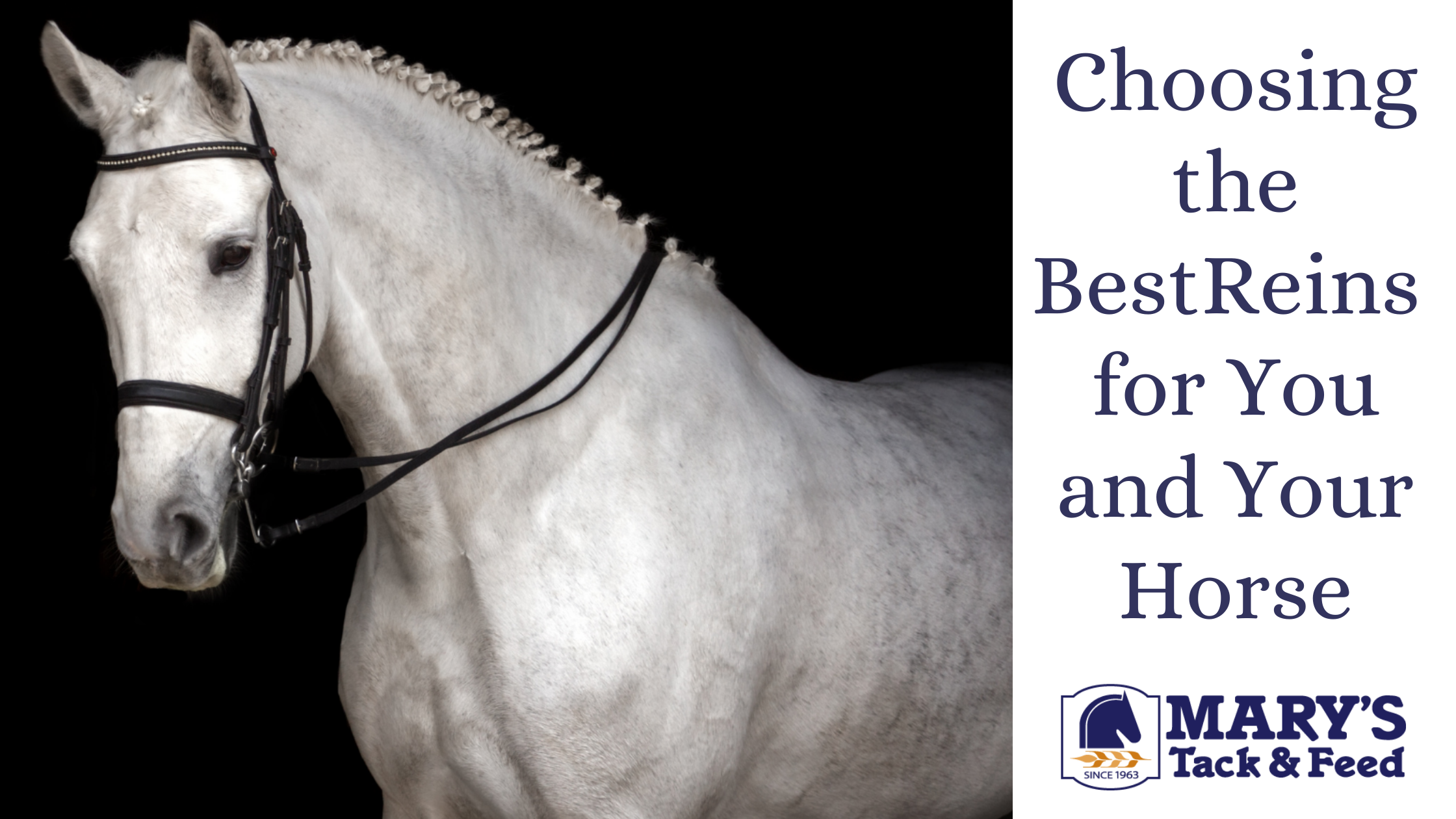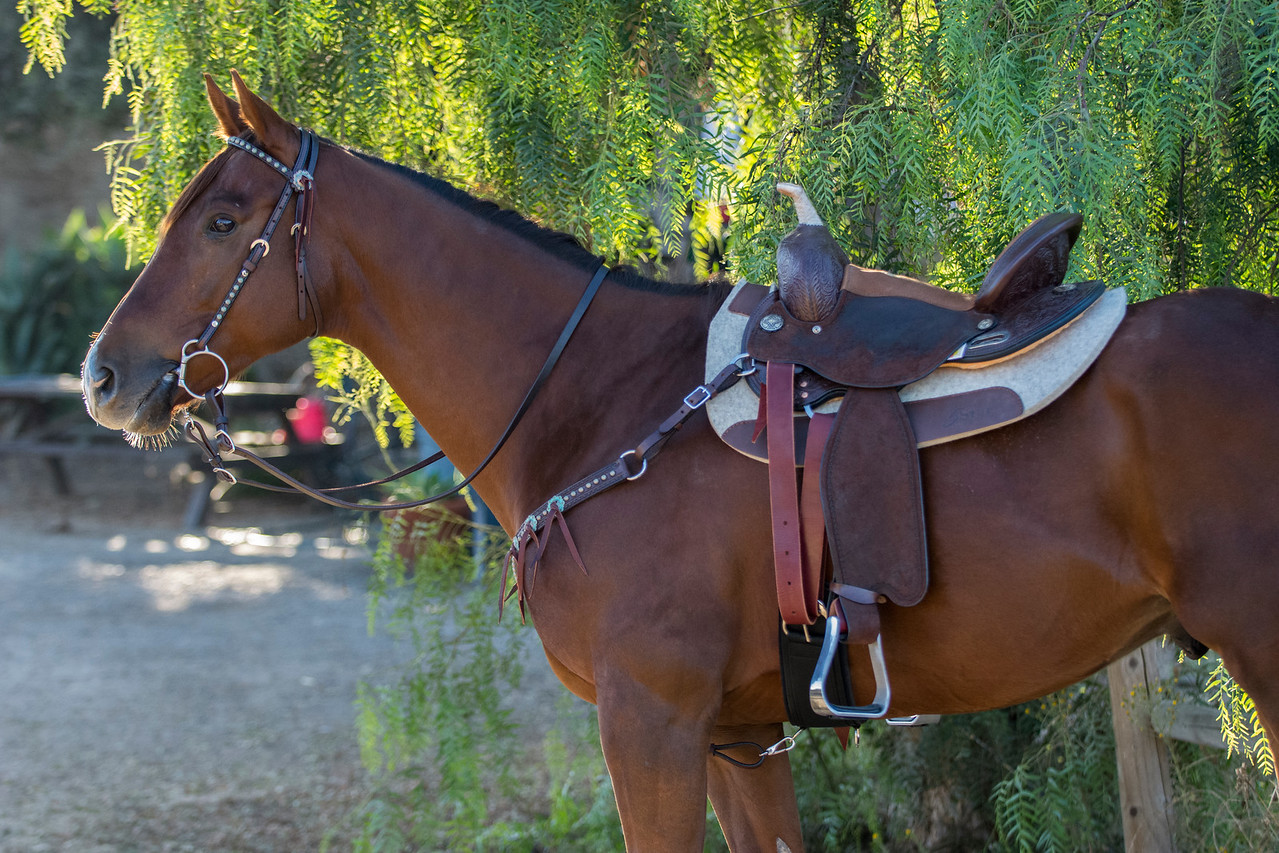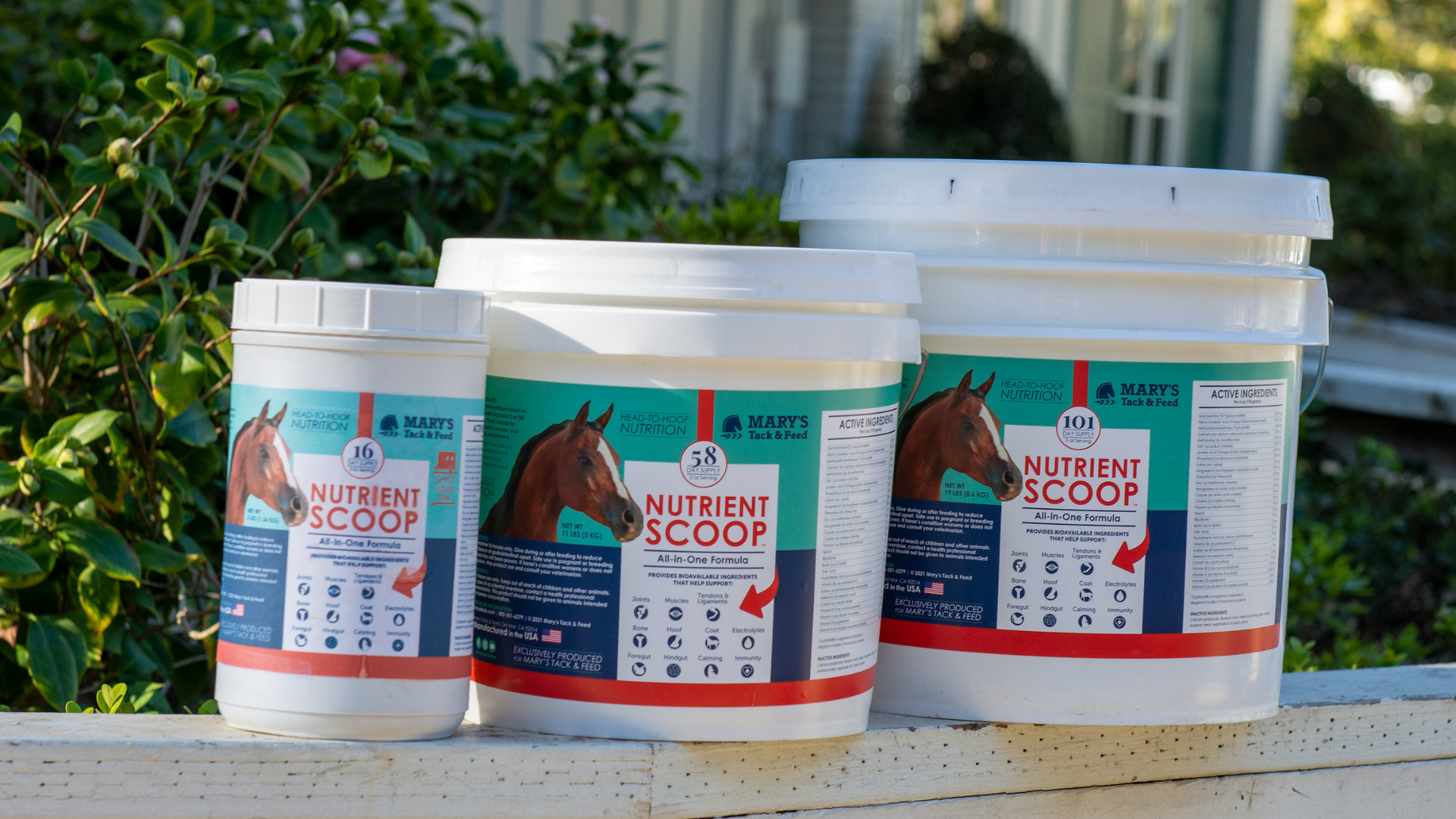Posted by Mary's Tack & Feed on 6th Dec 2020
Choosing the Best Reins for You and Your Horse

Comparing English and Western Reins
The differences between English and Western saddles and reins are noticeable even to novice observers. The tack varies because the styles of riding have different goals and purposes. Western saddles are larger than English saddles and are built to distribute the rider's weight more evenly over the back of the horse. And with English saddles, there's no horn to tie livestock or saddle bags to.
Western riders generally ride with loose reins held with one hand, compared to English riders who ride with sustained contact with both hands. The notable exception is polo players who use English tack but hold two sets of reins in the left hand and the mallet in the right hand. Often, riders hold Western reins with less contact than English reins since the Western horse responds to the feel of the rein against its neck. Adjustable leather split and continuous-loop reins are designed with the Western rider in mind.
English riders have closer, double-handed contact with the reins. This style of riding is not intended for working a ranch, but offers direct contact for a more concise communication with the horse's mouth. As such, the design of
English reins (laced, plain, and textured reins) reflects these differences.
Western Reins
As we've mentioned, Western reins typically come in split and single continuous-loop reins.
Leather split reins (also made out of nylon, polyester and rope) are the most versatile, as each end can be used individually in each hand or both ends can be held by one hand. You can adjust length as well, making them longer or shorter, according to your needs. Leather split reins have a safety benefit for Western riders who want to keep dropped looped reins from ensnaring their horse's feet. Split reins are often made with harness leather that stands up to wet weather and frequent use. Split reins are usually longer than looped reins and should be sized for your horse.
Single continuous-loop reins are great for trail rides, barrel racing, and other performance events. Inexperienced riders may prefer single reins because they're easy to hold onto and there's no "loose" end to drop. Rope reins also free up both hands if you need to dig into a saddlebag.
Shown here are Western reins often referred to as "Barrel Reins" as they are shorter and a continuous loop.

English Reins
English reins, which range in length from pony reins to extra-long styles for different types of horses, usually come with two reins that attach to the bit rings of the bridle then are together in the center to create a loop.
There are several styles of English reins so that riders may choose the type that they find the most comfortable. Reins with stops help prevent reins from slipping through the rider's hands. Plain reins offer the rider an unencumbered hand placement to accommodate their hand position preferences. Rein length is also a factor when selecting a set of English reins. Extra-long English reins provide a rider to allow more head and neck freedom for larger horses. For smaller or younger equestrians who ride ponies, shorter reins will be a safer solution and keep the reins from getting tangled. Laced, textured, braided leather, or rubber English pony reins offer many advantages, giving riders the secure grip they're looking for, especially novice riders who appreciate the security and feel of a grip rein.
As you ride more and more, you'll learn if you prefer smoother leather English reins, or tend to favor
textured, laced (braids and plaits) or rubber reins for a firmer grip. Once you've determined the correct length and width that fit your hand and your horse, the key to selecting the right pair of English reins is to try out different styles, then see which design and material you're most comfortable with.
The reins shown here are a traditional English rein with a buckle end:

English and Western reins are designed to serve a riding purpose. From making it easier to rope calves to having a secure steady hand while jumping a technical course, reins are an important line of communication and control for the rider

